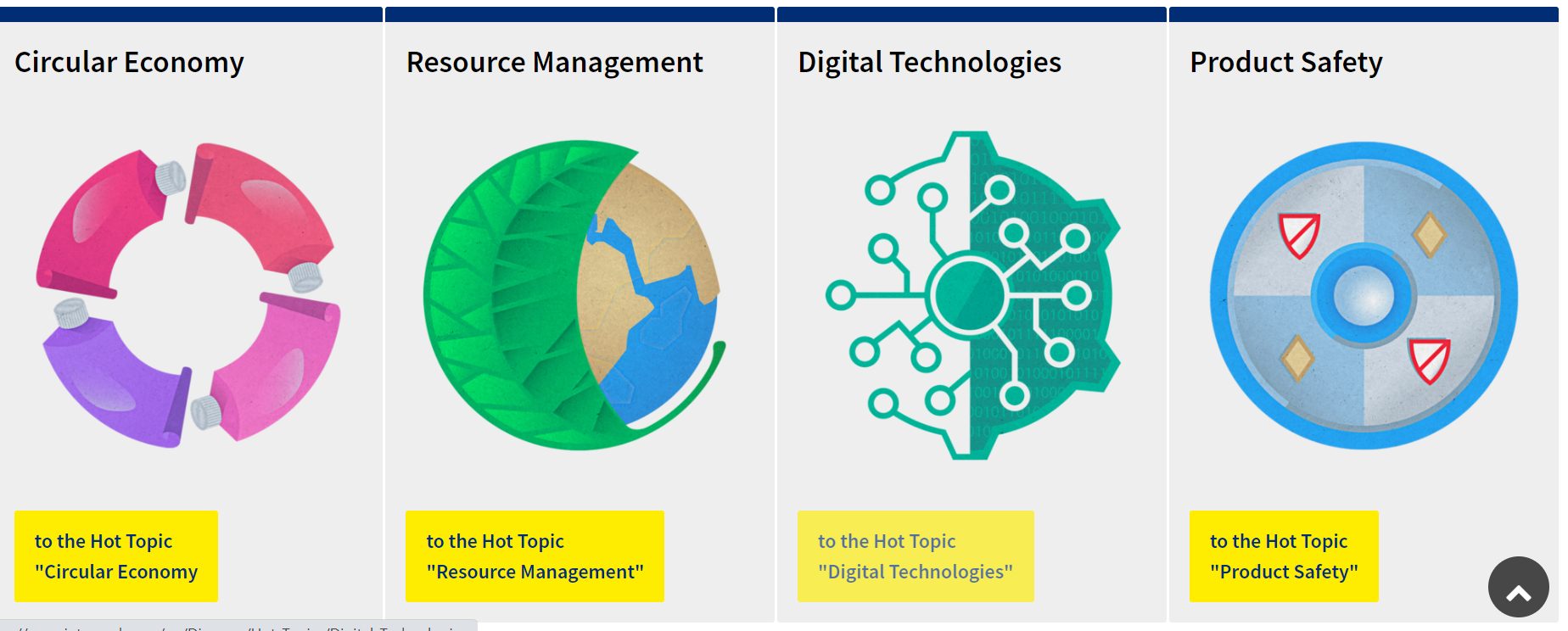
Circular Economy
Even if you have only a nodding acquaintance with the range of topics surrounding sustainability in industry, you will have come across this term: the circular economy. Although this model may be remarkably simple, it is also all-encompassing.
In the age of climate change, the important thing is to produce as little unusable waste as possible. The key term here is design for recycling. For example, how can we make the better part of a package recyclable so that it can later be reused as a recycled material? Reusable packaging is another aspect of the circular economy. To date, it has mainly been used in the restaurant and catering sector. What other areas of application are there for reusable solutions?
One thing is quite clear: The packaging industry can contribute a great deal to the circular economy.
Resource Management
The global economy is currently marked by supply bottlenecks and scarcity of materials. Worldwide, the focus is on climate protection.
So it’s no wonder that the packaging industry is concentrating on resource efficiency. How do production processes have to be reorganised, and how must material flows be adjusted? What role does efficient energy usage play, or switching to green energy? In addition to these questions, it is imperative that new materials, such as bioplastics, be investigated regarding their areas of application and that conventional materials, such as paper, be used in previously unusual areas.
Many things are changing, but that also involves a slew of new opportunities.
Digital Technologies
Many people are certainly sick of hearing it by this point, but that doesn’t change the fact that digitalisation is here to stay. Big data, augmented reality and remote machine maintenance have long since found their way into assembly shops and machine fleets.
Ever since the upheavals caused by the COVID-19 pandemic, the field of e-commerce has become indispensable for most business models. But how can packaging firms reorganise their operations in order to keep pace with these changes? What exactly does the much-vaunted smart factory look like? What advantages and risks do increasingly digital and automated operations pose? And where can employees be meaningfully supported by digital solutions?
Track-and-trace technologies like the Holy Grail 2.0 system, which enables automated, correct sorting of packaging via a digital watermark, also play a large role, as do innovations like the digital twin. This area’s potential is far from exhausted.
Product Safety
The main task of packaging is to protect the product inside. Arguably, this is most evident and important in the food and pharmaceuticals segments. After all, these packaged products are meant to be absorbed by the human body.
So it’s even more important that consumers be able to rely on the packaging to do its job in these areas. However, in addition to direct product safety, packaging can also offer unexpected added value. The industry is already contributing improvements in the area of food waste through innovative packaging solutions. But how can intelligent packaging design contribute to households throwing away less unconsumed food? What possibilities do QR codes offer in order to provide consumers with additional information about products? And how can packaging show, beyond the simple use of writing, that the food within is no longer suitable for consumption?
Nowadays, packaging can be far more than “just” packaging.






